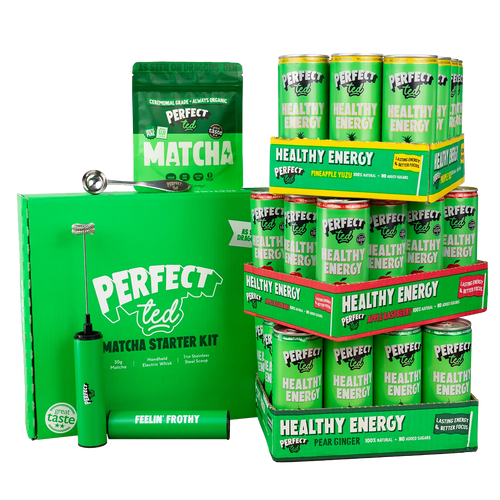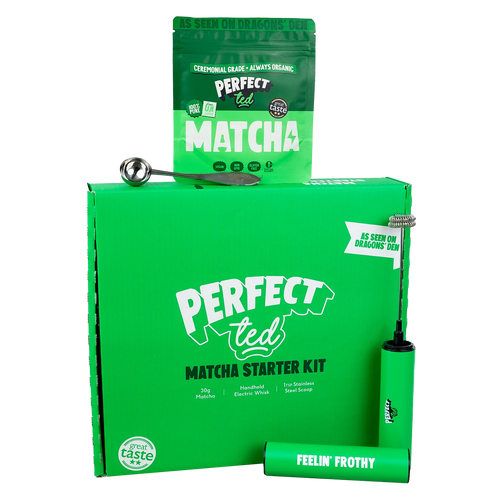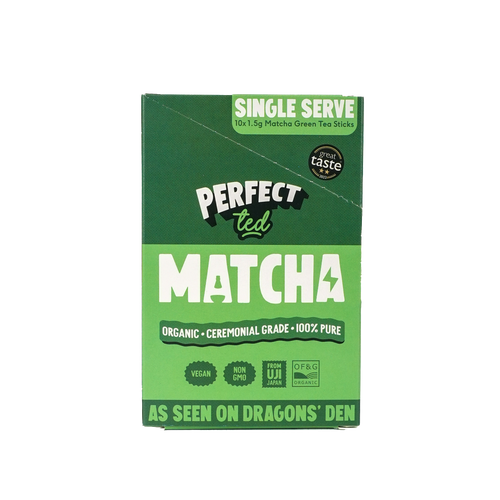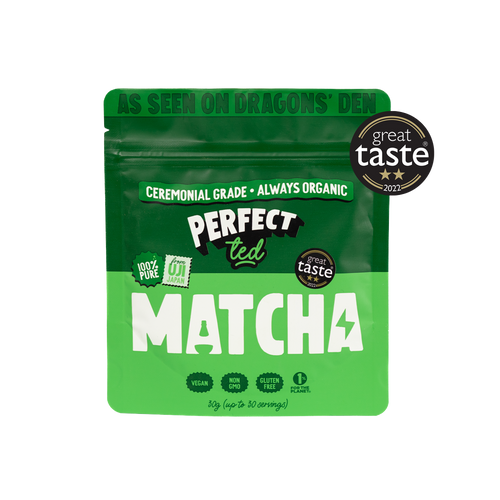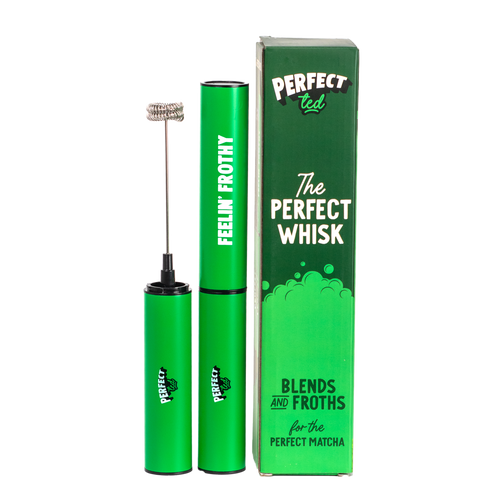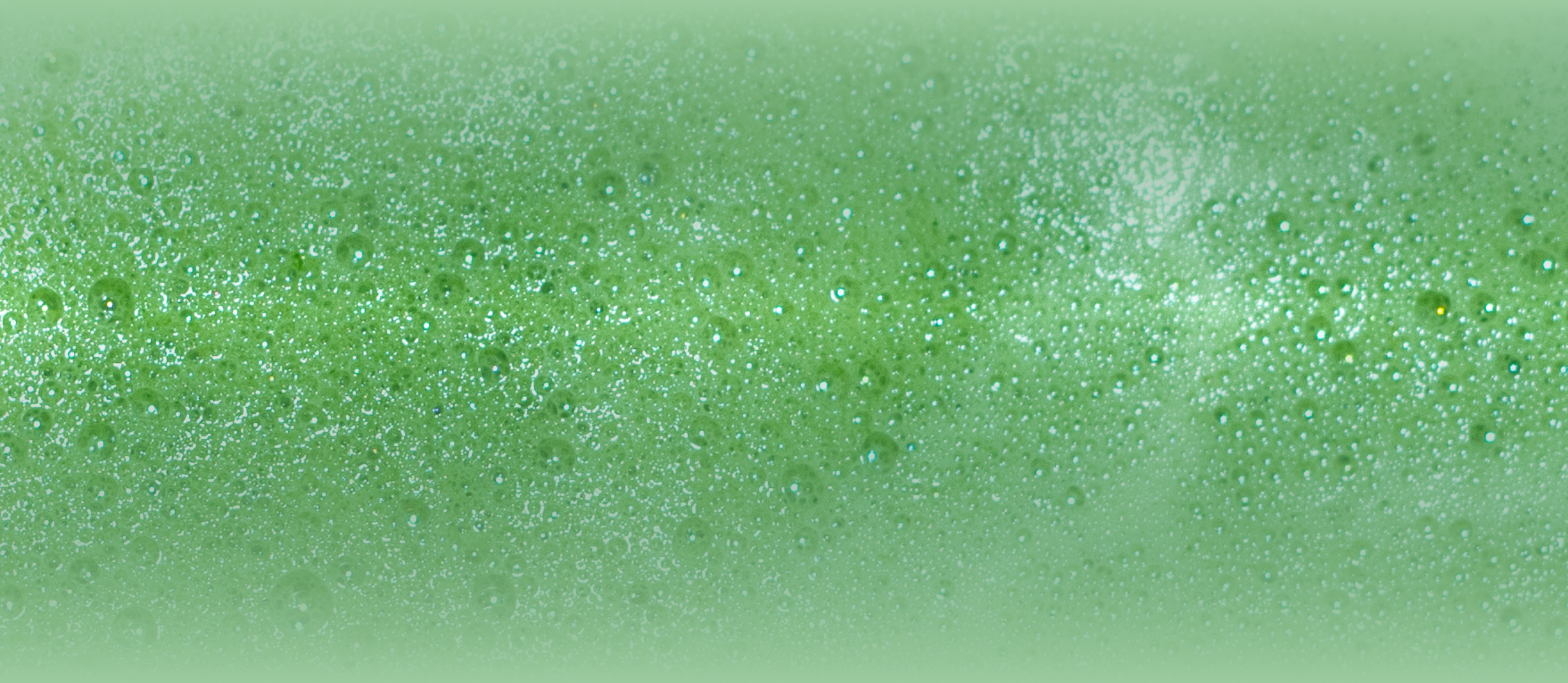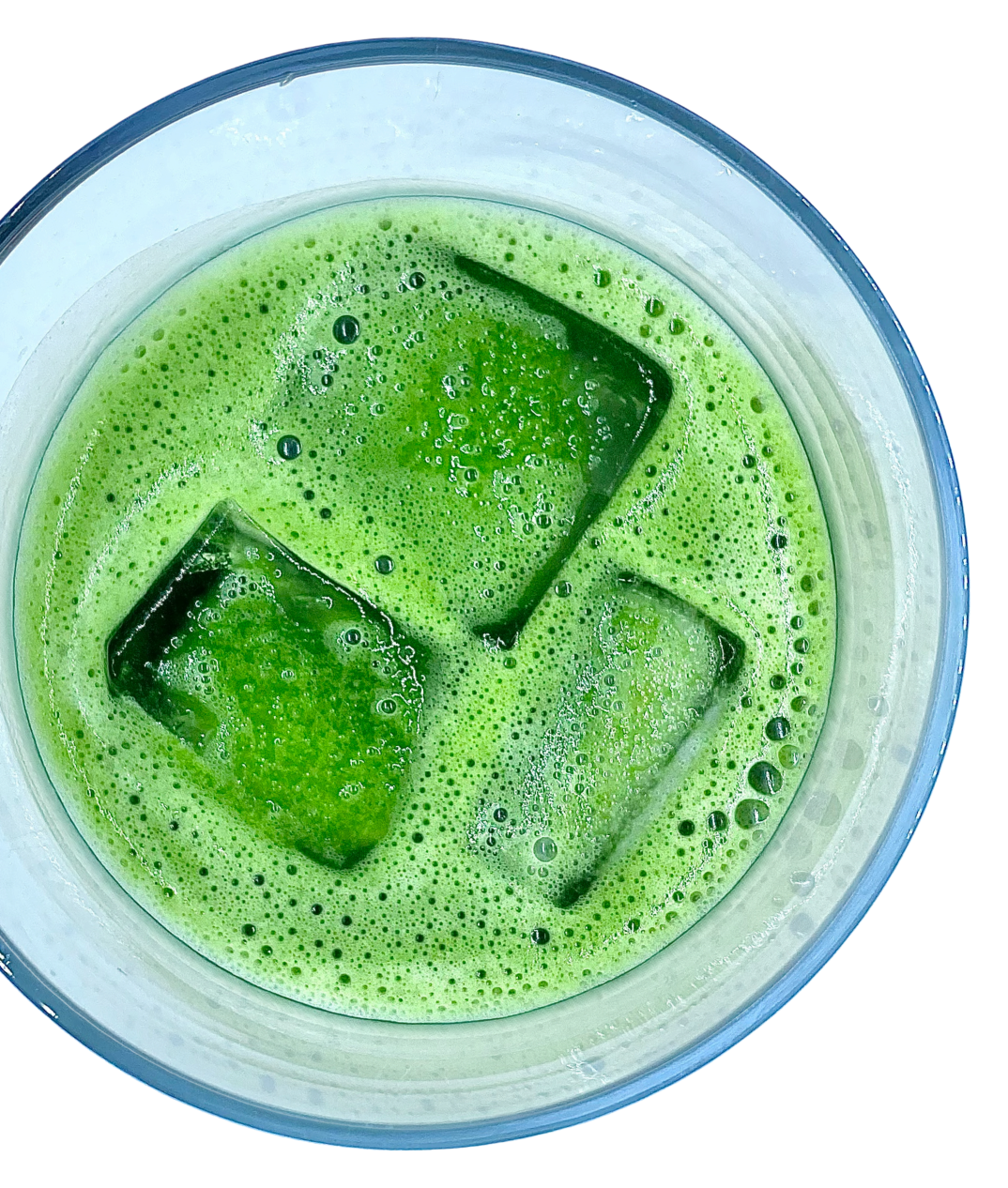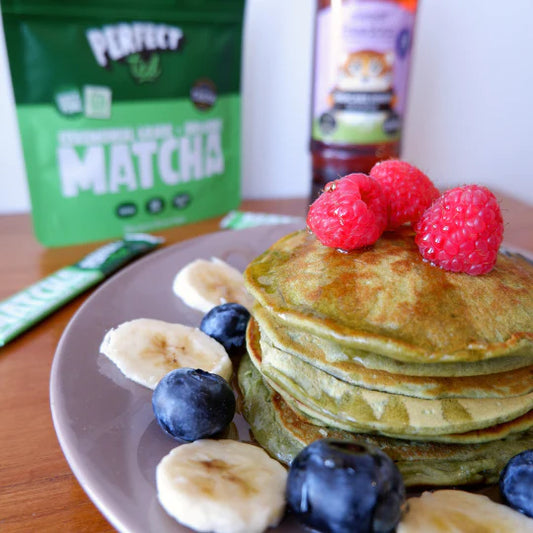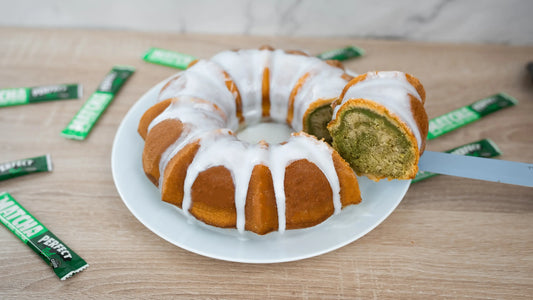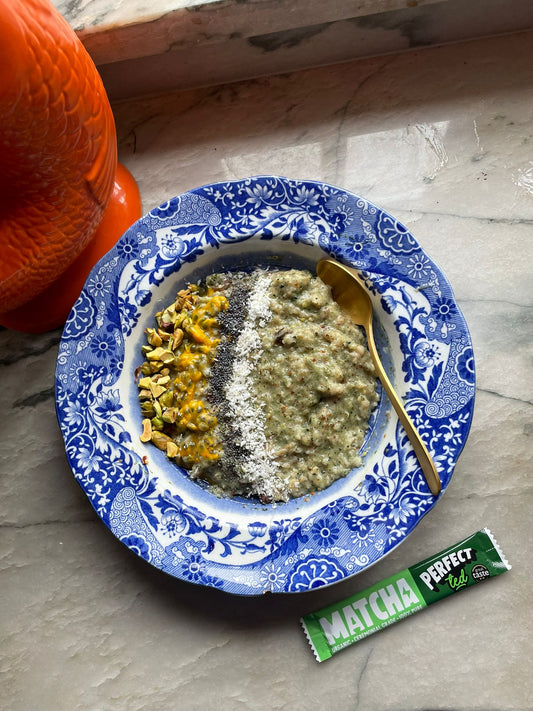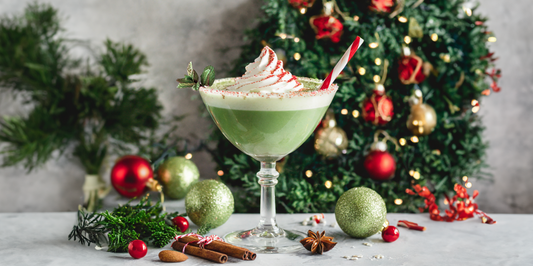Matcha 101
is a superfood powder made from
shaded, nutrient-dense green tea leaves rich in amino acids, antioxidants, and caffeine.
A Brief History of Matcha

“Matcha” comes from the japanese words, “ma” (ground) & “cha” (tea).
The fine green powder was first consumed by buddhist monks 900 years ago to enhance focus during meditation and long study hours. It was then adopted by samurai, used for long-lasting energy during battle.
Matcha farms became popular around uji, a region near kyoto, after locals discovered it had the perfect climate to cultivate it.
Today, Uji is the region renowned for producing the highest quality matcha and is where PerfectTed matcha is grown!
The Tea Ceremony (“Chado”, meaning “The Way of the Tea”) was conceived in the 1500s and remains an important part of Japanese tradition today.
Matcha vs. Coffee
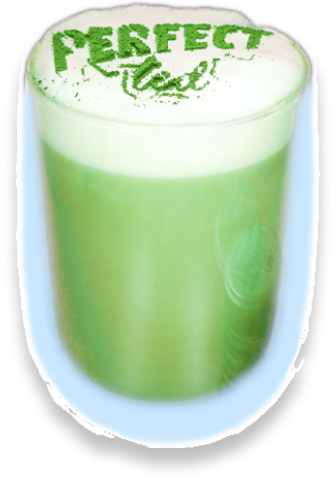


Matcha is also rich in loads of vitamins & minerals like:
Vitamin A, C, K, B1, B2, B6, Niacin, Pantothenic Acid, Folic Acid,
Potassium, Calcium, Magnesium, Iron, Zinc, Phosphorus, Copper & Fiber.
How to make the perfect matcha
-
Scoop
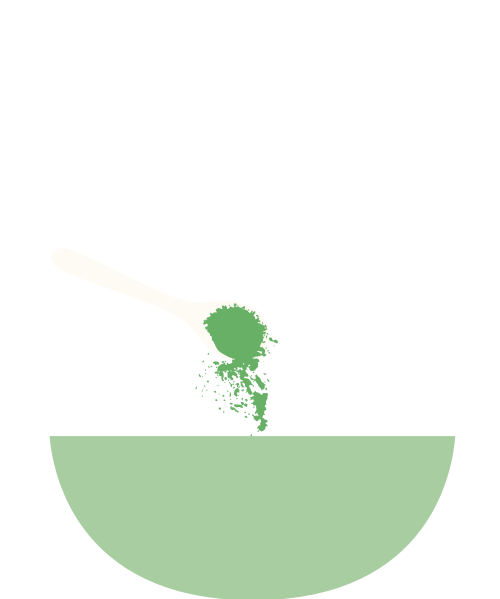
-
Combine

-
Mix
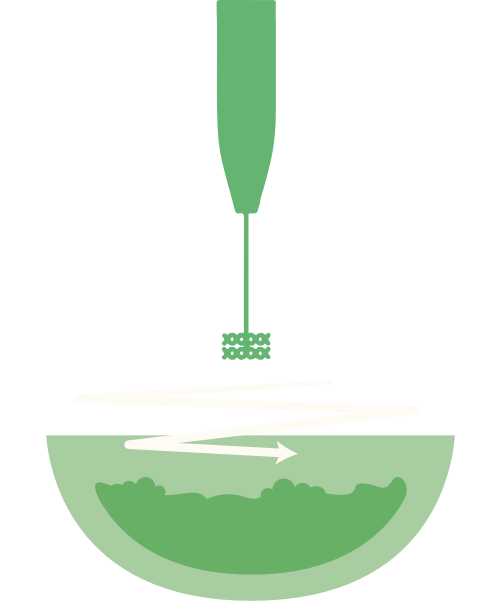
-
Top up



